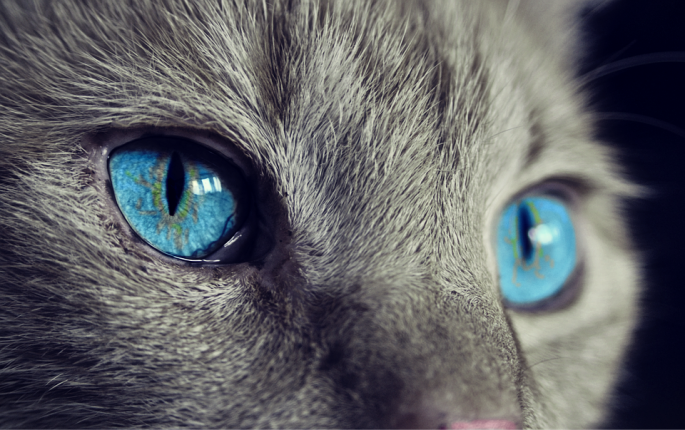Type of Literature: Book
Old: Call of the Wild by Jack London (1903)
New: Warriors Series (Into the Wild) by Erin Hunter (2003)
Call of the Wild follows the story of Buck, a domestic St. Bernard Scotch Shepherd, who collapses into the evil hands of Yukon sled dog trainers. Thrust into survival mode, Buck must confront vicious sled drivers and aggressive canines.
Rusty, a cat from Into the Wild (Warriors), leaves his owners and joins a clan of feral cats in the wild. However, given his lack of survival expertise, Firepaw (Rusty’s christened name in the clan) must battle cynical members, murderers, and cats from other clans in order to prove himself.
Protagonists as domestic pets
In Call, Buck dwells in a life of luxury in California. The spoiled canine has developed hunting skills but understands little about the cruelty of the Canadian territory.
Firepaw, in Warriors, leads an unfulfilled life as a housepet. He often ruminates about the mundaneness of his cat food and wonders if something greater exists.
Through violent means, they enter the wilderness
A seedy gardener with a gambling debt trades Buck to the sled dog trade. Although the large dog attempts to resist, a man in a red sweater beats him into submission with a club. From here on out, Buck receives a steep learning curve for the savagery of the Yukon wilderness.
Firepaw encounters a feral cat named Graypaw in his back yard. The two cats commence a fight, and Graypaw rips off Firepaw’s collar. When the housecat succeeds in the nasty squabble, the other cats in the clan invite Rusty to join their group.
An antagonist who wants to rip the protagonist to shreds
Buck encounters opposition for Alpha-dog early on. Spitz bullies him into submission on multiple occasions and steals his food. However, Buck challenges Spitz to a fight and kills him.
Tigerclaw, a hidden enemy within Firepaw’s clan, has murdered multiple cats in his rise to power. Yet, when the assassin discovers the protagonist knows about his nasty deeds, he conquests to kill Firepaw through any means.
One who ventures into the wild can return to domestic life again
On death row, a savior by the name of Thornton rescues Buck from his harsh sled drivers. He nurses the dying canine back to life, and the dog lives inside a cabin with his new owner.
Later in the Warriors series, some once-feral cats dwell in the domestic life for a while. Graypaw finds himself picked up by a pair of Twolegs (humans) and stays with them for a couple months.
Author’s thoughts
“Great starts . . . but terrible finishes.”
I had enjoyed both novels because I have a special pocket in my heart for animals. I think both authors encapsulated the dangers of wilderness well. Hunter had a bit more of a quixotic view of the wild, whereas London held a dismal opinion.
Here’s where the author’s went amiss in my opinion . . .
Both Warriors and Call of the Wild had great starts but terrible finishes for different reasons.
Warriors had a decent run, however, Hunter continued to grind out stories about cat fights for 36 more books. Firepaw has long deceased, yet books continue to surface. The stories have grown repetitive, and I can only handle so many cat disputes.
Call of the Wild ended morosely, but it didn’t need to. The plot climaxes when Buck nearly dies from pulling a sled for several days. If London killed him there, I would’ve understood and exclaimed, “That’s terrible, but plausible.”
Call of the Wild ended morosely, but it didn’t need to.
Instead, Thornton rescues Buck. Yet after a little ray of hope, the canine goes a bit crazy when he hears a wolf cry in the forest. He kills a moose, returns to camp, and discovers Thornton has been slain. Buck then continues to pursue and murder all of his late owner’s killers and howl.
Not exactly a book I would read to my children at night.
I didn’t expect a happy ending. But the death of Thornton seemed ex machina. I felt as if London said, “Rats. I wanted to make this ending sad, but the plot seems to venture toward a bright ending.” (pause, snaps fingers) “I know! I’ll just kill of Thornton.”











